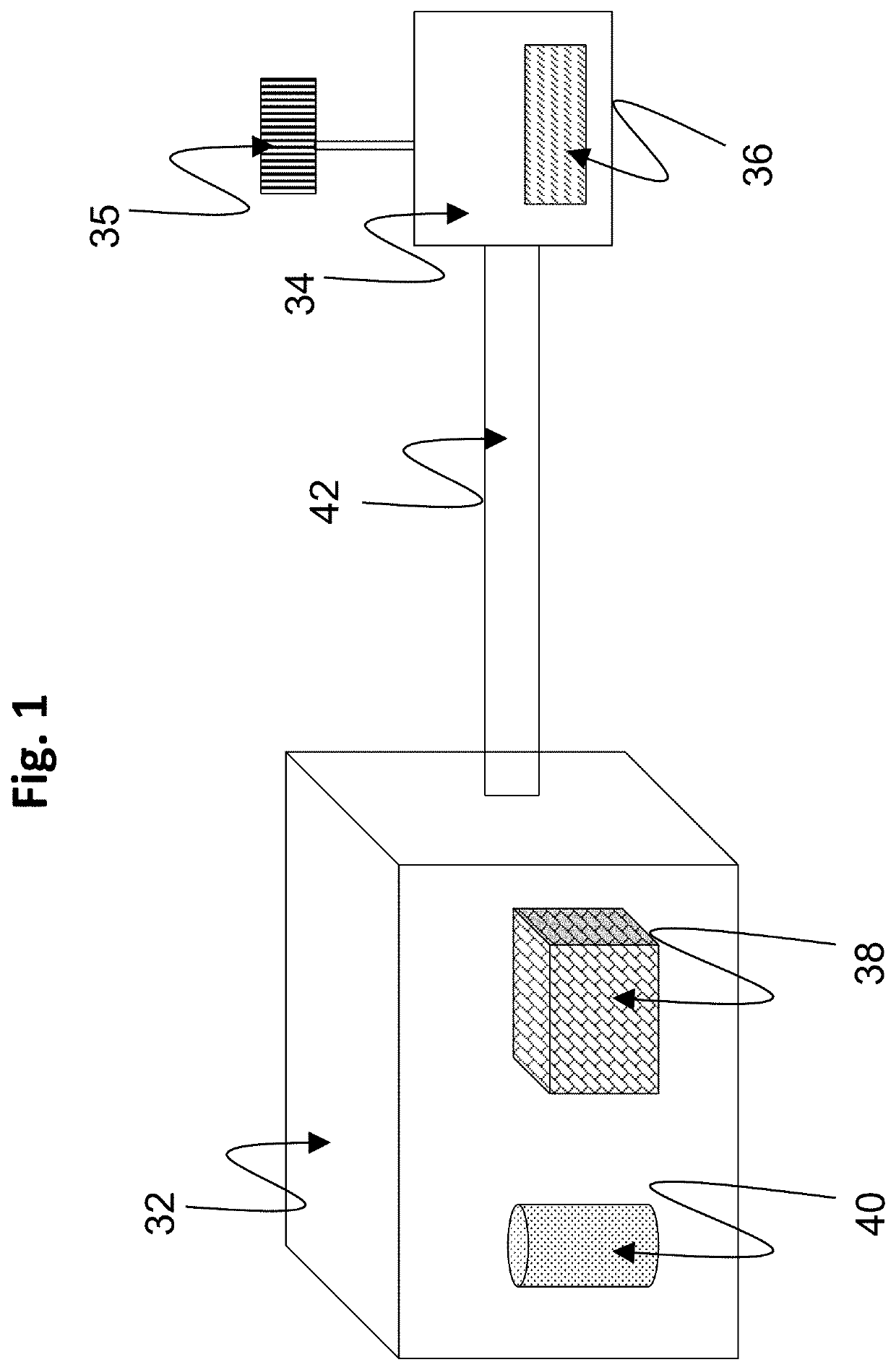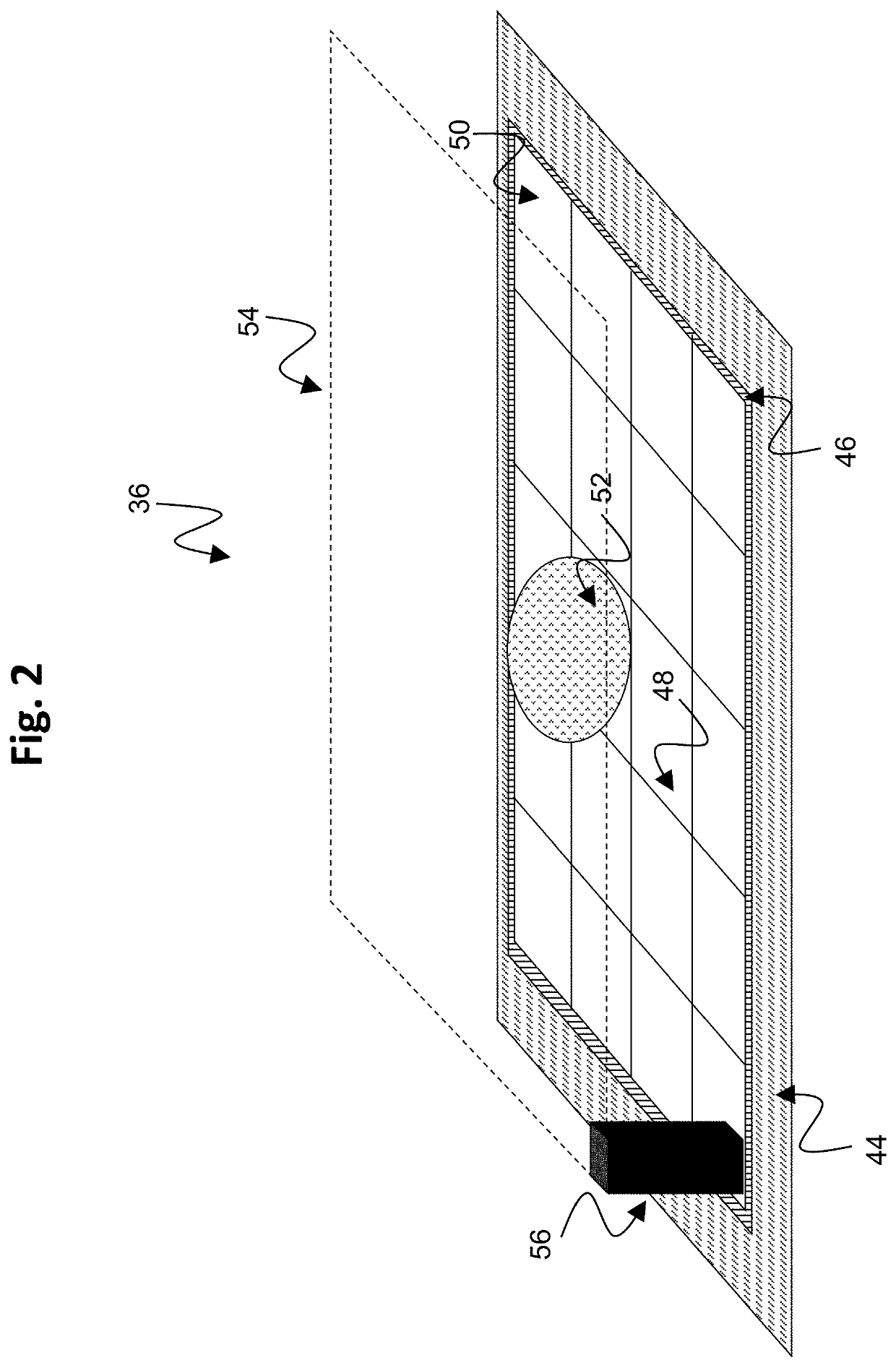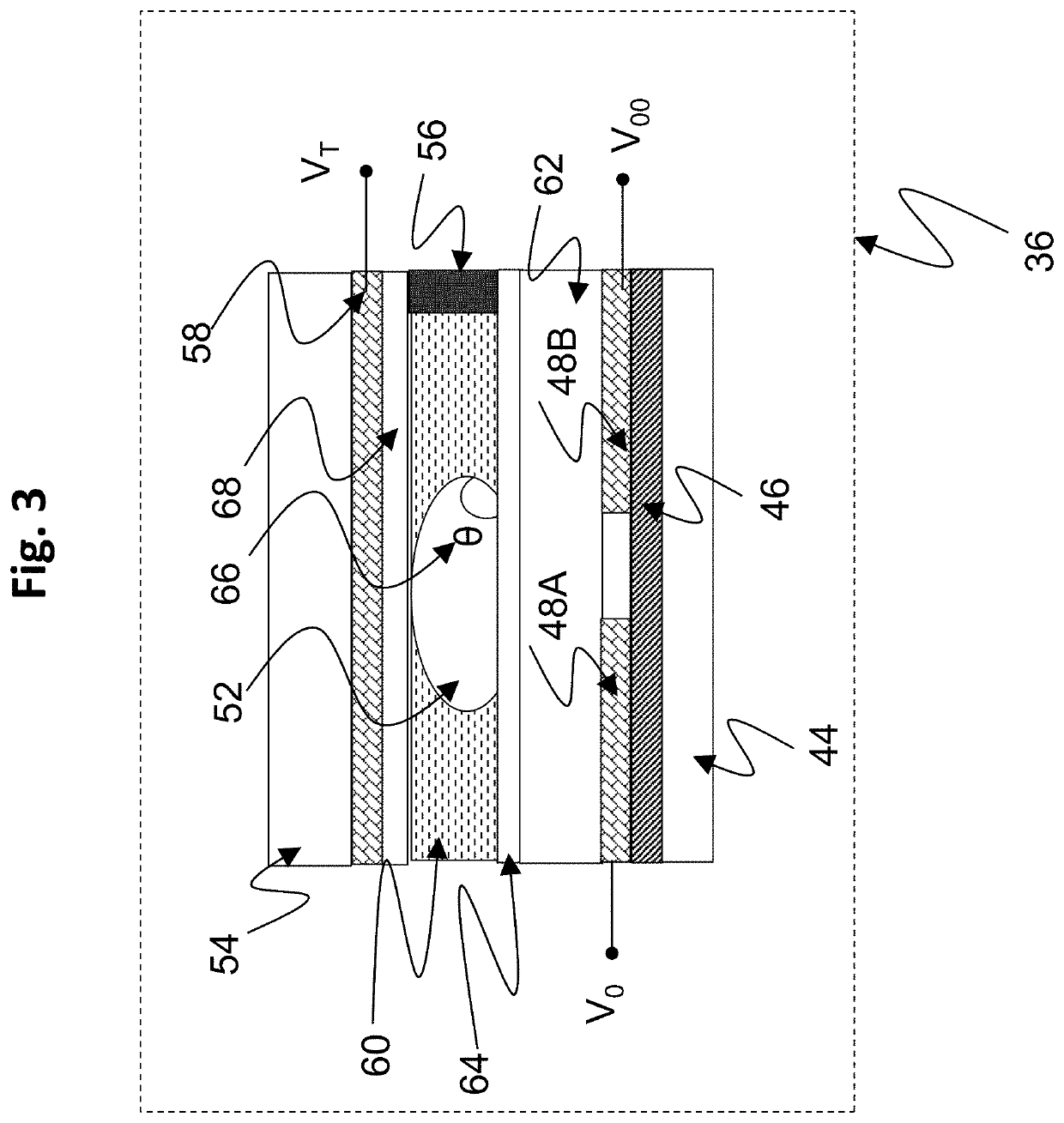Molecular separation by diffusion using an ewod device
a technology of diffusion separation and ewod, which is applied in the field of droplet microfluidic devices, can solve the problems of bulky microfluidic diffusion separation systems, large amounts of sample and buffer fluid, and ineffective use of ewod or am-ewod devices to perform microfluidic diffusion separation, etc., to achieve the effect of enhancing particle separation and minimizing bulk disturbance and convective mixing
- Summary
- Abstract
- Description
- Claims
- Application Information
AI Technical Summary
Benefits of technology
Problems solved by technology
Method used
Image
Examples
Embodiment Construction
[0047]Embodiments of the present invention will now be described with reference to the drawings, wherein like reference numerals are used to refer to like elements throughout. It will be understood that the figures are not necessarily to scale.
[0048]The present invention pertains to systems and methods of operating an EWOD or AM-EWOD device to perform a droplet-based method for microfluidic diffusion sizing and separation. In exemplary embodiments, methods of operating an EWOD / AM-EWOD device include the steps of: (a) using an EWOD device to form a sample containing droplet and a collection droplet of a pre-determined shape and volume; (b) controlling the sample and collection droplets by electrowetting forces generated by the EWOD device to cause the sample and collection droplets to come into contact and merge or form a droplet interface bilayer (DIB); (c) holding the merged / DIB droplets by electrowetting forces generated by the EWOD device to enable particles to diffuse from the s...
PUM
 Login to View More
Login to View More Abstract
Description
Claims
Application Information
 Login to View More
Login to View More - R&D
- Intellectual Property
- Life Sciences
- Materials
- Tech Scout
- Unparalleled Data Quality
- Higher Quality Content
- 60% Fewer Hallucinations
Browse by: Latest US Patents, China's latest patents, Technical Efficacy Thesaurus, Application Domain, Technology Topic, Popular Technical Reports.
© 2025 PatSnap. All rights reserved.Legal|Privacy policy|Modern Slavery Act Transparency Statement|Sitemap|About US| Contact US: help@patsnap.com



